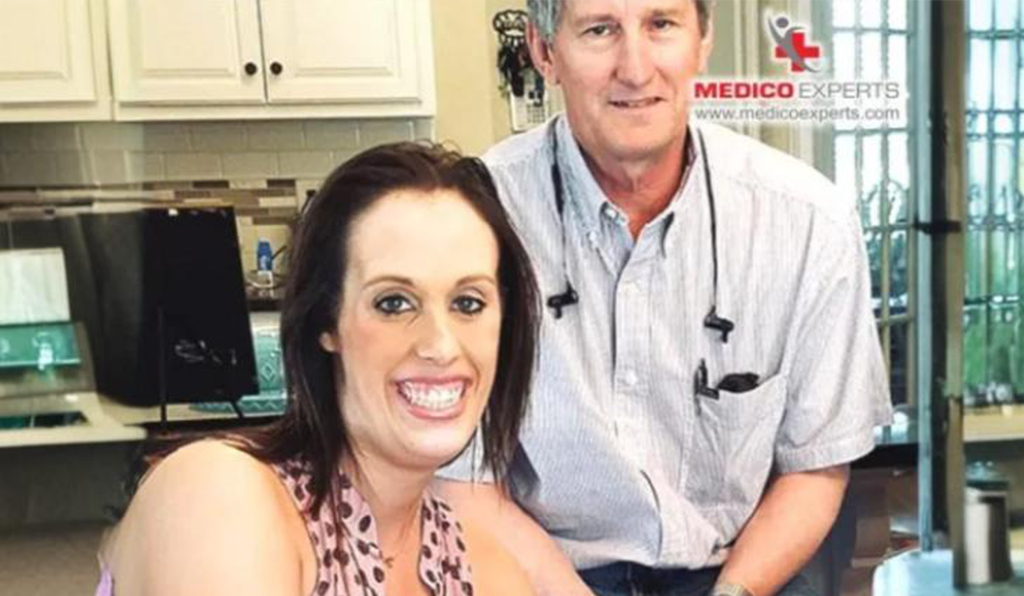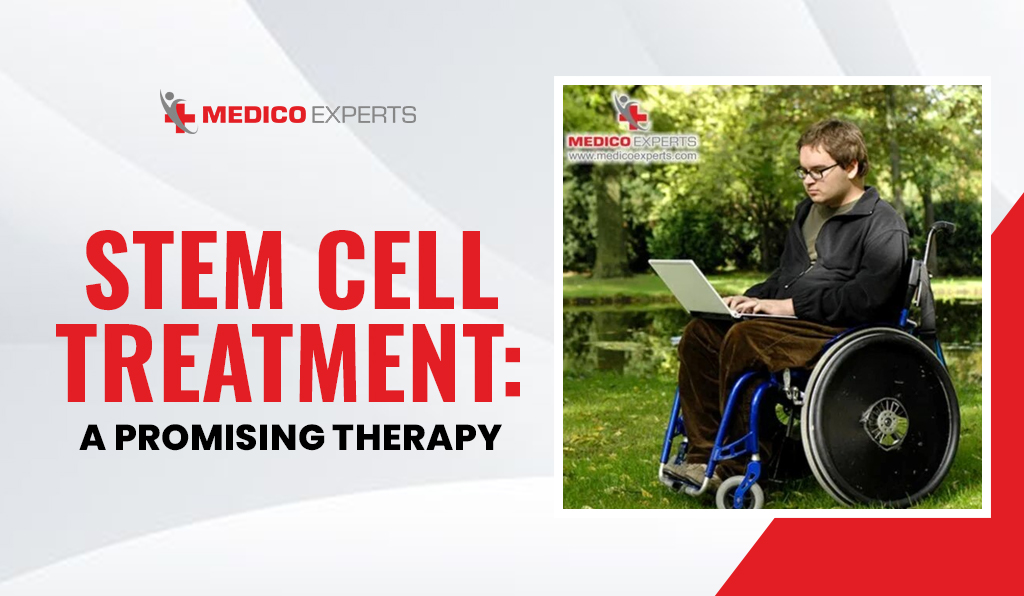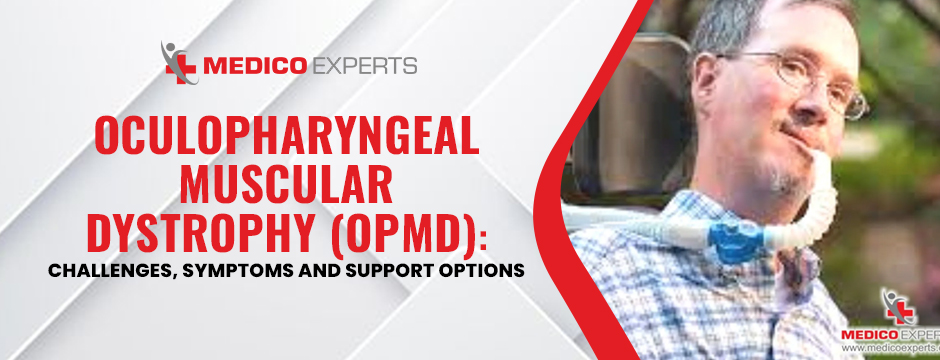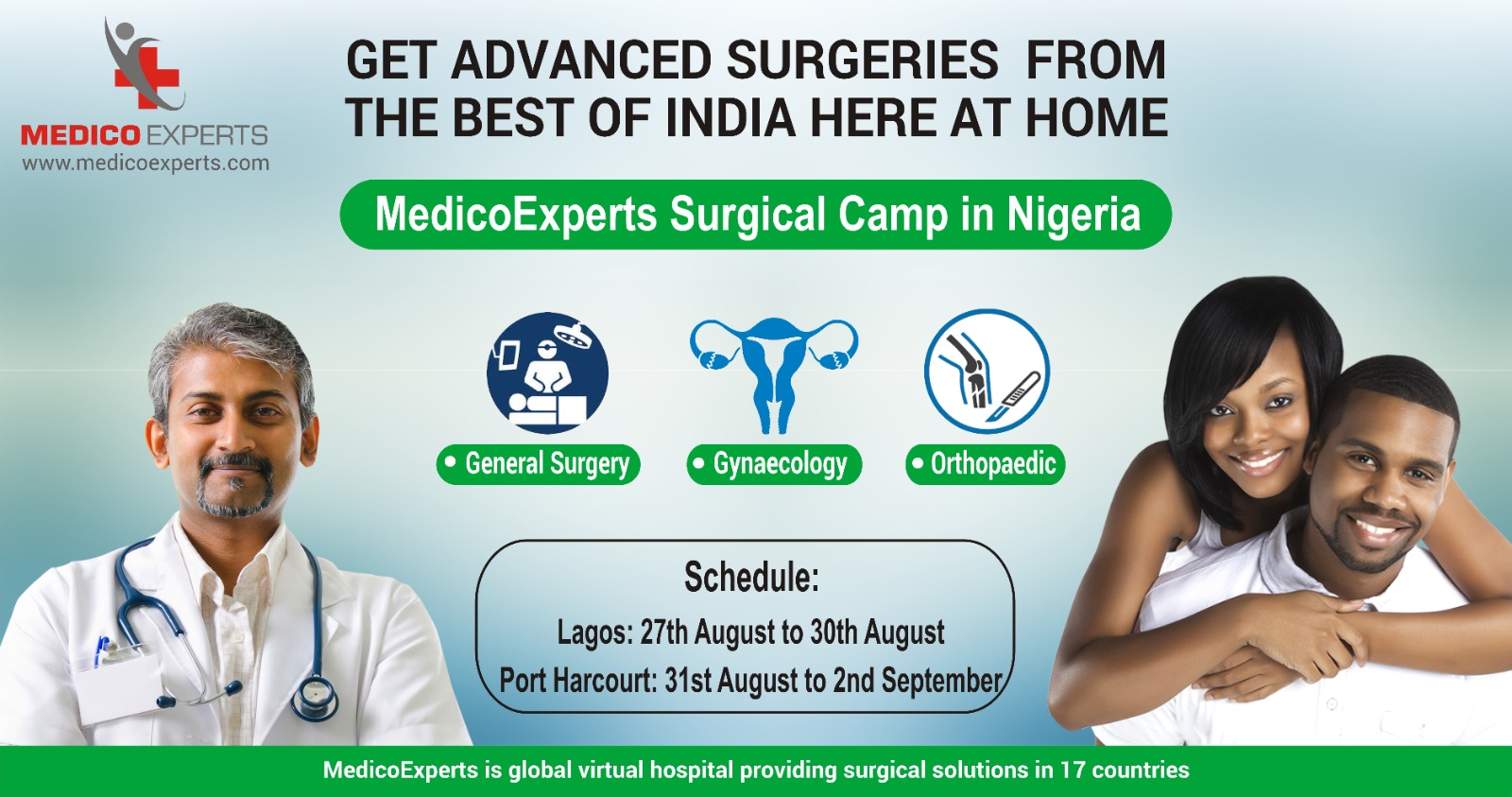Are you or a loved one struggling with difficulty with swallowing or drooping eyelids?
These could be the early signs of Oculopharyngeal Muscular Dystrophy (OPMD), which is a hereditary condition that occurs in middle-aged people.
Slowly, your swallowing difficulties may enhance and the drooping eyelids make it difficult for you to open your eyes and see things clearly. You need to understand the causes behind these symptoms.
OPMD primarily targets the muscles that move your eyelids and throat. This can cause drooping eyelids (ptosis) and swallowing difficulties (dysphagia). As the disease worsens, it may also affect your limb muscles, making it more difficult to walk and perform daily activities.
Understanding how OPMD develops and being prepared helps you manage symptoms better, enjoy a healthier life, and choose the best healthcare options.

What is Oculopharyngeal Muscular Dystrophy?
Oculopharyngeal Muscular Dystrophy (OPMD) is a rare, late-in-life genetic muscle disease with progressive weakening of certain muscles, specifically those responsible for eyelid (ocular) and throat (pharyngeal) movements.
Symptoms develop between the ages of 40 and 60 and gradually worsen over the years. OPMD is caused by mutations in the PABPN1 gene that create clumps inside muscle cells, which damage their function.
Early Symptoms and Progression
Oculopharyngeal Muscular Dystrophy (OPMD) is a rare inherited disorder that usually becomes apparent in midlife, between the ages of 40 and 60. Its symptoms may begin slowly and become progressively worse. Recognizing these symptoms can enable people to receive timely assistance and effectively manage the condition.
Ptosis (Drooping Eyelids)
One of the first and most obvious symptoms of OPMD is ptosis—a slow drooping of the upper eyelids. This sagging can partially obstruct vision and make people tilt their heads back to see better. In other instances, they may raise their eyebrows more often as a substitute. Weak eyelid muscles make it hard to open your eyes fully.
Dysphagia (Difficulty Swallowing)
Dysphagia, or swallowing difficulty, tends to set in soon after the onset of ptosis.
Initially, people have difficulty swallowing solid foods, and they feel pain or as if food is stuck. With time, even the swallowing of liquids becomes challenging. This results in prolonged mealtime, loss of appetite, and unintentional weight loss. In extreme cases, there is also a possibility of choking or aspiration, where food or liquid gets into the airway, thereby raising the chances of respiratory infection.
Although the rate and degree of progression may differ, some of the typical problems include:
Ophthalmoplegia (Limited Eye Movement)
Some people with OPMD can get ophthalmoplegia (paralysis or weakening of the eye muscles). There may not be complete immobility of the eyes, as it is rare, but there can be slight trouble moving the eyes sideways or up and down. It can impair peripheral vision and make the patient uncomfortable.
Proximal Limb Weakness
Over time, muscles in your arms and thighs may weaken. This make it harder to climb stairs, lift things or get up from a chair. This makes it more difficult to carry out daily activities such as climbing stairs, lifting items, or rising from a seated position. Others might have repeated falls or the need for mobility aids as their weakness advances.
Tongue Weakness and Atrophy
In other instances, the tongue will weaken and become smaller, or what is referred to as atrophy of the tongue. Tongue atrophy can impede the clarity of speech because it becomes challenging to pronounce words or speak for long periods. Tongue weakness will also complicate difficulties in swallowing, adding to the dysphagia problems.
Genetic Basis and Inheritance Patterns
OPMD is most often caused by mutations in the PABPN1 gene. They result in the formation of aberrant proteins that accumulate in muscle cells, impairing their normal operation. The condition may be inherited in two ways:
- Autosomal Dominant: The most frequent form, in which having one mutated gene inherited from one of the parents may lead to disease. All children of an affected parent have a 50% risk of developing OPMD.
- Autosomal Recessive: It is a less frequent form, needing to inherit mutated genes from both parents. People carrying this type tend to have milder symptoms.
Genetic counseling can give useful information about a person’s risk and help with family planning.
Diagnosing OPMD
Early and correct diagnosis is crucial to treating OPMD successfully. Tests involved in diagnosis may be:
- Genetic Testing: Blood test to detect mutations in the PABPN1 gene, determining for sure the presence of OPMD.
- Electromyography (EMG): Assesses the electrical activity of muscles, which aids in detecting abnormalities characteristic of muscular dystrophies.
- Muscle Biopsy: Involves the removal of a small piece of muscle tissue to view characteristic changes seen in OPMD.
- Swallowing Studies: Evaluate the degree of dysphagia and direct proper therapeutic measures.
How to manage symptoms of OPMD?
You can manage OPMD by combining therapies and support strategies, which can help you to stay active, eat safely, and perform your day-to-day routines more easily.
Speech and Swallowing Therapy
Working with a speech-language pathologist will be very helpful in ensuring the safety and ease of swallowing. They tell about the exercises to strengthen the swallowing muscles and give diet recommendations to lower the chances of choking.
Physical and Occupational Therapy
Physical Therapy aims to incorporate gentle exercises to keep the muscles strong and flexible.
Occupational therapy would help you learn how to adapt to everyday tasks, using tools or ways of doing things to make dressing, cooking, or bathing easier.
Surgical Interventions
If your sight is compromised due to drooping eyelids, blepharoptosis repair will improve your vision. For more swallowing problems a cricopharyngeal myotomy can improve how food go more easily through your throat.
Nutritional Support
The dietitian may recommend soft food, thickened liquids, or even supplements to ensure that you have taken enough energy throughout the day. They will help to come up with meal plans that are nutritious and easier to swallow.

Stem Cell Treatment: A Promising Therapy
Research indicates that stem cell therapy can potentially provide a route of treatment for OPMD. Stem cells have the remarkable quality to repair and regenerate damaged tissue, thus making them a hopeful prospect for muscle regeneration in muscular dystrophies.
- Muscle Regeneration: Stem cells, especially mesenchymal stem cells (MSCs), have the ability to differentiate into muscle cells, restoring muscle function by replacing damaged tissue.
- Gene Editing: Methods such as CRISPR-Cas9 can be used to edit genetic mutations at the cellular level, avoiding further muscle damage.
- Anti-Inflammatory Effects: Stem cells secrete bioactive molecules that lower inflammation, which is usually a causative factor in muscle degeneration.
How MedicoExperts Can Help You
MedicoExperts is a global virtual hospital connecting you with top doctors experienced in OPMD care. Whether you are looking for stem cell therapy, speech therapy, or physical rehabilitation, we connect you with the right treatment centers, trusted hospitals, or institutes whether in India.
We help you find the right doctors and guide you through your treatments and appointments. Also, we offer 24/7 support so that your experience is as smooth as possible while helping you achieve your goals for a better quality of life.
Conclusion
Living with Oculopharyngeal Muscular Dystrophy has its challenges, but with early diagnosis and the right therapies, people can live meaningful lives. Learning about the disease progression, getting proper medical attention, and knowing about new therapies such as stem cell therapy can give hope to people.
CTA: Take the first step toward better care- connect with MedicoExpert Today!




